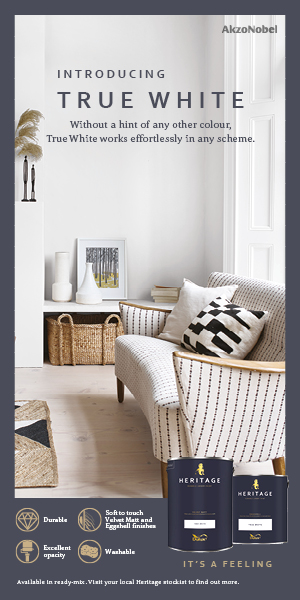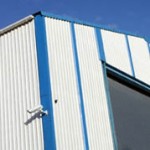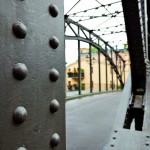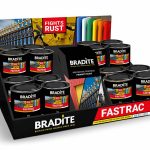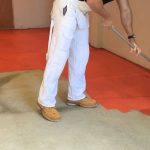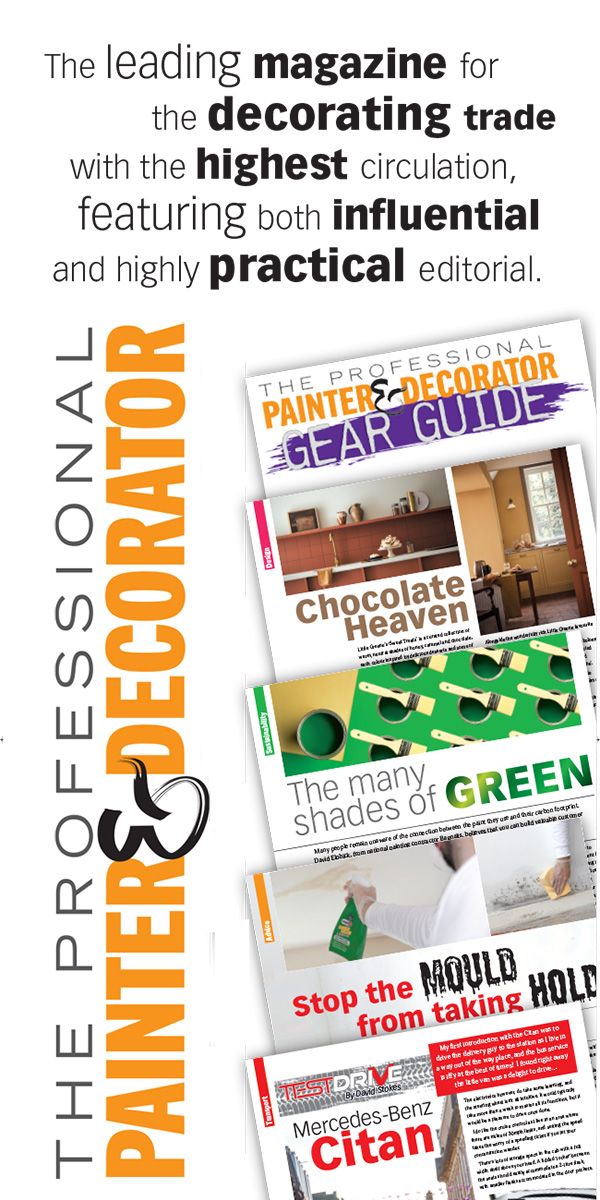Exterior Coatings – demystifying the chemistry
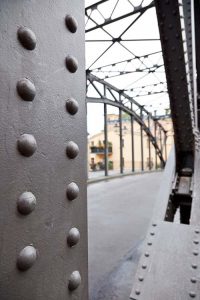 Bradite’s chief chemist Sean Tormay cuts through the jargon to explain why only the best makes sense when it comes to paint formulation.
Bradite’s chief chemist Sean Tormay cuts through the jargon to explain why only the best makes sense when it comes to paint formulation.
Why do exterior coatings degrade?
The major requirement of interior/exterior protective coatings is durability for long term protection, this is especially critical when products are specified for long lasting exterior protection.
Outdoor durability of coatings, often called weatherability or exterior durability refers to the resistance to degradation during outdoor exposure. So how does degradation occur?
Photo-oxidation by the UV component of sunlight is an important process during the deterioration of coatings during outdoor exposure. A coating can yellow, crack, lose gloss or lose adhesion because of degradation.
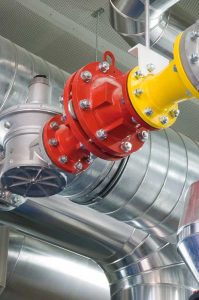 Speed of degradation
Speed of degradation
The speed of degradation of a coating during outdoor exposure depends upon two key factors. First, the strength of the bonds in the resin system. The higher the bond energy, the more difficult it is to break the system down. Secondly, the amount of UV absorption by the resin governs how many radicals can be formed. Radicals act as the ‘scissors’ for chemical bonds during photo-oxidative degradation of coatings.
Definition of a Paint
Even though we are all professionals in the painting and decorating trade let’s go back to basics for the sake of this article and define what we mean by ‘paint‘!
Here’s my definition, “A liquid material, that when applied to a substrate in a thin film, dries to form a cohesive, solid film that changes the properties of the substrate“.
There are five main components in paint:
- White pigment – to give the paint whiteness, opacity and durability
- Extenders – to add bulk, reduce gloss and boost selective properties
- Binders – to stick the paint together, form a film and give adhesion
- Additives – to provide a degree of control over the vast amount of molecular interactions providing stability to complex systems
- Colourant tinters – to colour the paint, control gloss, prevent corrosion, add bulk and other properties
The chemistry and physics of each of these components determines the role they play in the formulation. Paint properties also depend upon the ratio in which these are combined, the degree of dispersion and the order of their addition to the formulation.
There are hundreds if not thousands of each component commercially available at a range of prices ranging from use in ‘value’ paints to paints of the highest quality.
It’s always good to remember – ‘if you use higher quality baking ingredients, you get a nicer tasting cake’!
High performance
Let’s take a look at two paints ‘ingredients‘ that high performance coating system incorporate.
Silicone Alkyds
- The backbone of silicone alkyds consists of silicon and oxygen atoms.
- Two key properties of silicone alkyds can be directly linked to the excellent outdoor durability of these polymers.
- First, the bonds in the polymer are strong, implying that a high amount of energy is needed to break down the backbone.
- Secondly, silicone is nearly transparent towards UV radiation.
- Premium technology for top quality protective coatings
- Can be used as a pure polymer i.e. 100% silicone
- Can be incorporated into a more traditional alkyd resin
Silicone Modified Alkyd
Pro’s
- Superior exterior durability
- Superior flexibility
- Superior heat resistance
- Superior chalk resistance
- Superior yellowing resistance
- Superior water repellence
- Improved solvent/pigment compatibility
- Improved adhesion
Con’s
- Cost – at least 3 x more expensive than conentional alkyd technology
Bradite’s philosophy is to look to optimise our products based on technical performance first, cost second so that we actively invest in the highest performing technology to meet the expectations of our customers – helping to maintain our commitment to quality.
Fastrac
Bradite Fastrac direct-to-metal coating is a good example of a product based on quality and performance, not price. A modified silicon and polyurethane alkyd product It offers perfect protection and decoration for ferrous metals. It incorporates enhanced technology with silicone resin as opposed to competitor products based only on polyurethane. This gives exterior chalking & UV resistance, better anti yellowing properties, excellent temperature resistance, improved opacity, great flexibility and outstanding adhesion.



